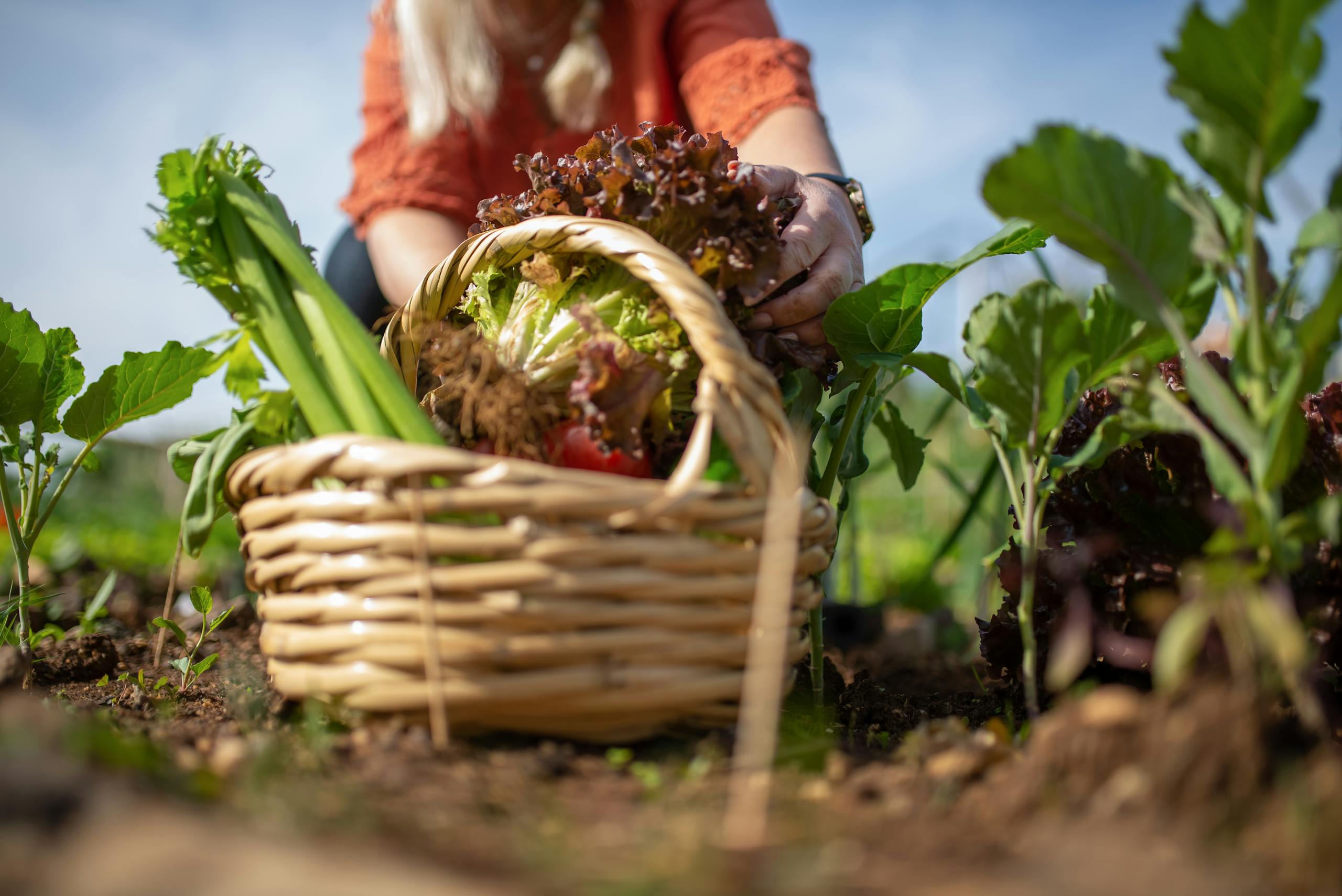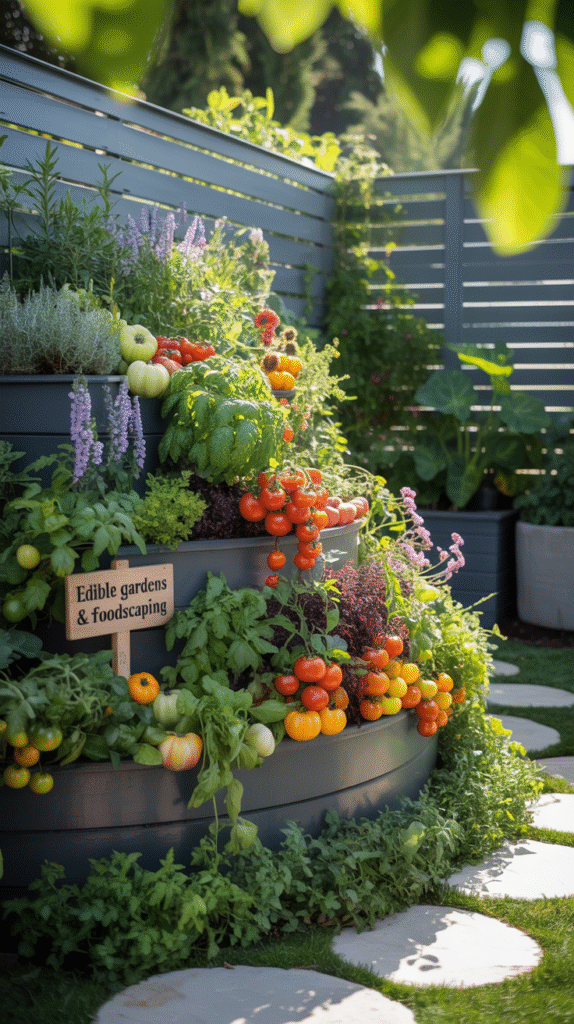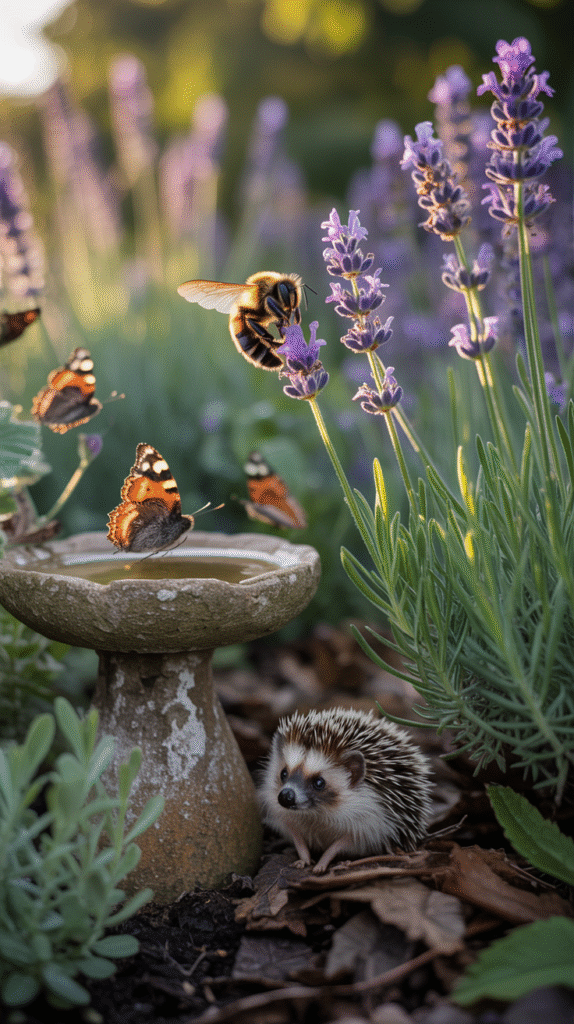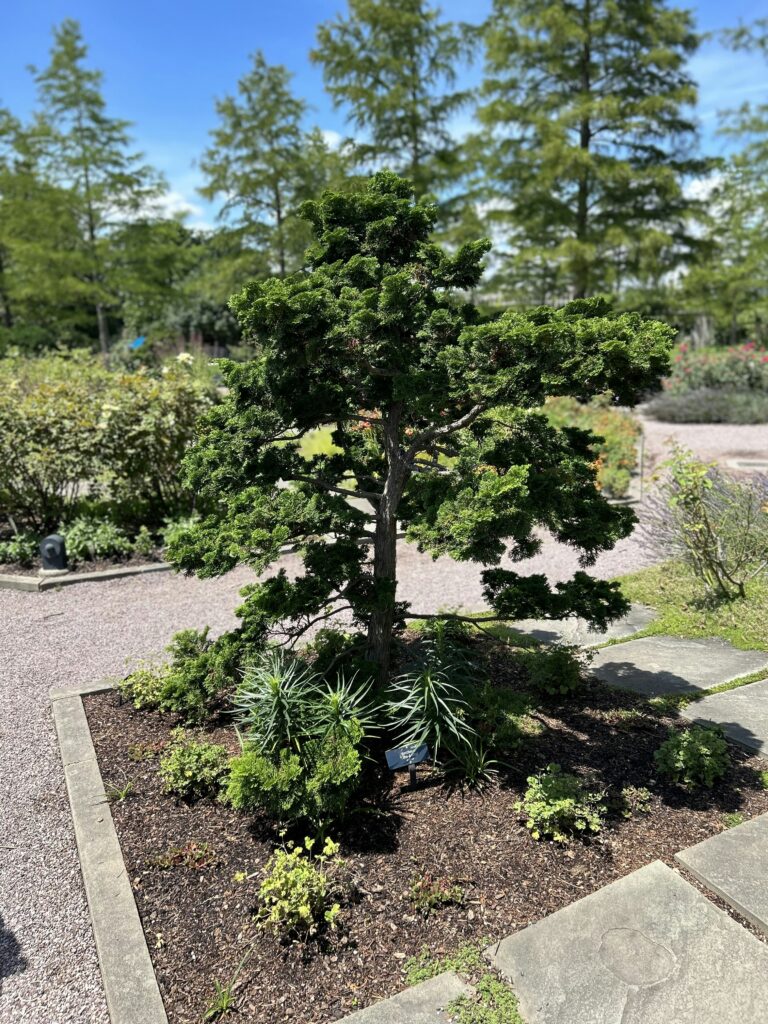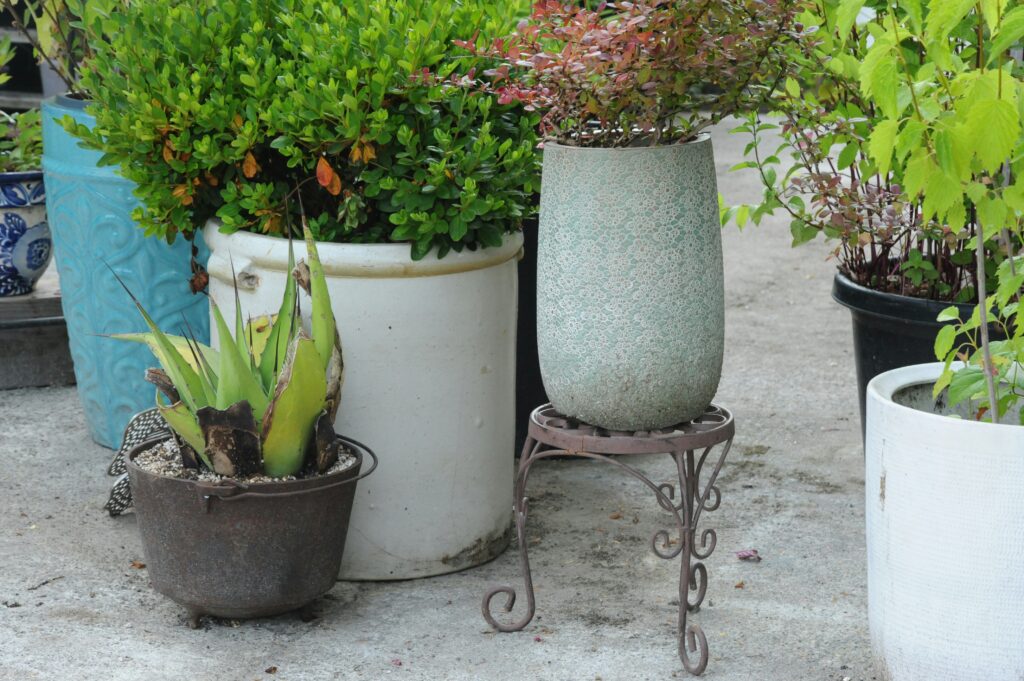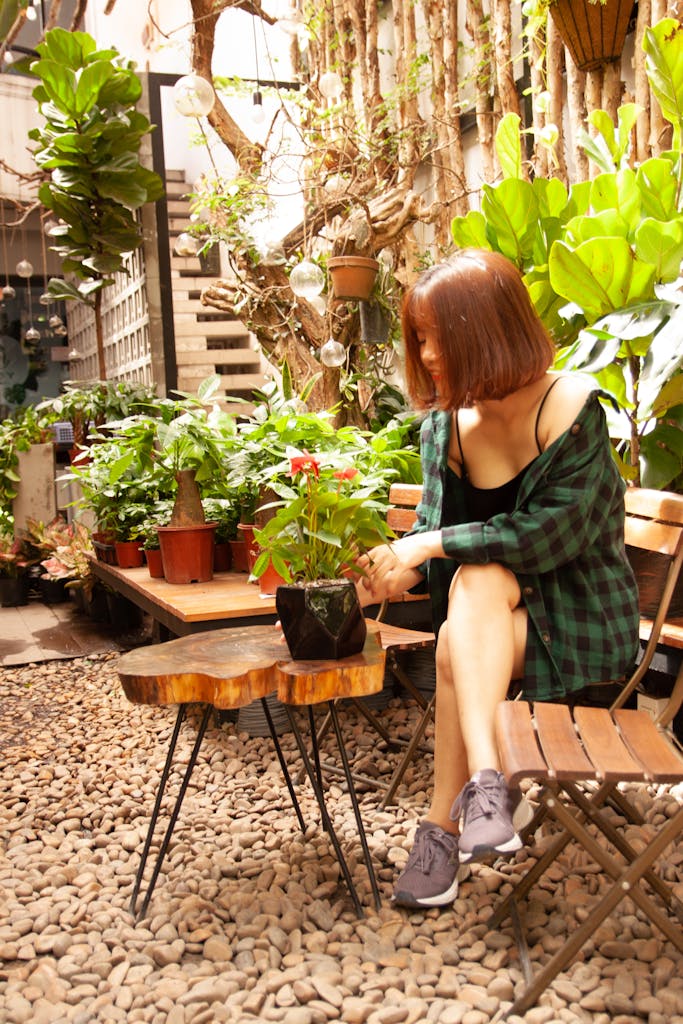Choosing the Right Soil for Your Vegetables
Companion planting is nature’s matchmaking system. Find the best garden pairings for tomatoes, basil, carrots, and more in this fun guide.
So in this guide, I’ll walk you through how to pick the perfect soil mix for your veggies – whether you’re working with raised beds, patio containers, or repurposed planters.
Why Soil Matters for Veggies
Vegetables are greedy little things – they need just the right mix of structure, nutrients, and water retention. Here’s what makes a good vegetable soil:
- Nutrients – nitrogen, phosphorus, potassium (and trace minerals!)
- Drainage – veggies hate sitting in water
- Structure – a good crumbly texture lets roots breathe
- pH balance – most veg prefer slightly acidic to neutral soil (6.0 to 7.0)
Best Soil Types for Common Veggies
Here’s a quick cheat sheet for pairing the right soil type with common UK vegetables:
🌿 Leafy Greens (lettuce, spinach, kale)
- Moist, fertile soil with lots of compost
- Slightly acidic to neutral pH
🥕 Root Vegetables (carrots, parsnips, beetroot)
- Light, sandy loam with excellent drainage
- Avoid stony soil to prevent forked roots
🍅 Tomatoes & Peppers
- Rich, well-draining soil
- Add organic compost and a handful of bone meal
🥔 Potatoes
- Light, slightly acidic soil (pH 5.5 to 6.5)
- Avoid overly rich compost to reduce the risk of scab
How to Test & Improve Your Soil
No need for a lab coat. Here’s how you can test and improve your soil at home:
- The Jar Test: Fill a jar with soil and water, shake it, and let it settle. Sand sinks, clay floats.
- The Squeeze Test: Grab a handful of moist soil. If it crumbles, you’re golden. If it stays clumpy, you need more compost or aeration.
- pH Testing: Use a simple pH tester to check acidity. Adjust with lime (to raise pH) or sulfur (to lower it).
Soil Boosters to Consider:
- Worm castings for extra fertility
- Coir or vermiculite to improve structure
- RocketGro compost for organic richness
Soil Tips for Containers vs Raised Beds
Containers:
- Use a mix of multi-purpose compost + perlite for drainage
- Refresh or replace soil annually
Raised Beds:
- Use a 40/40/20 mix: topsoil, compost, aerator (like grit or coir)
- Top up with fresh compost each spring
Try this soil volume calculator to figure out how much you need.
Common Mistakes to Avoid
- Don’t use garden soil alone in containers (too heavy)
- Don’t skip pH testing if you’ve had poor results
- Don’t overload beds with compost alone – it can be too rich
Quick Reference Chart
| Vegetable | Preferred Soil Type | Notes |
|---|---|---|
| Tomatoes | Rich, well-drained | Add bone meal |
| Carrots | Loose, sandy loam | Avoid fresh compost |
| Lettuce | Moist, compost-rich | Likes cooler conditions |
| Potatoes | Light, slightly acidic | No manure! |
| Peppers | Nutrient-rich, good drainage | pH 6.0 to 6.8 |

